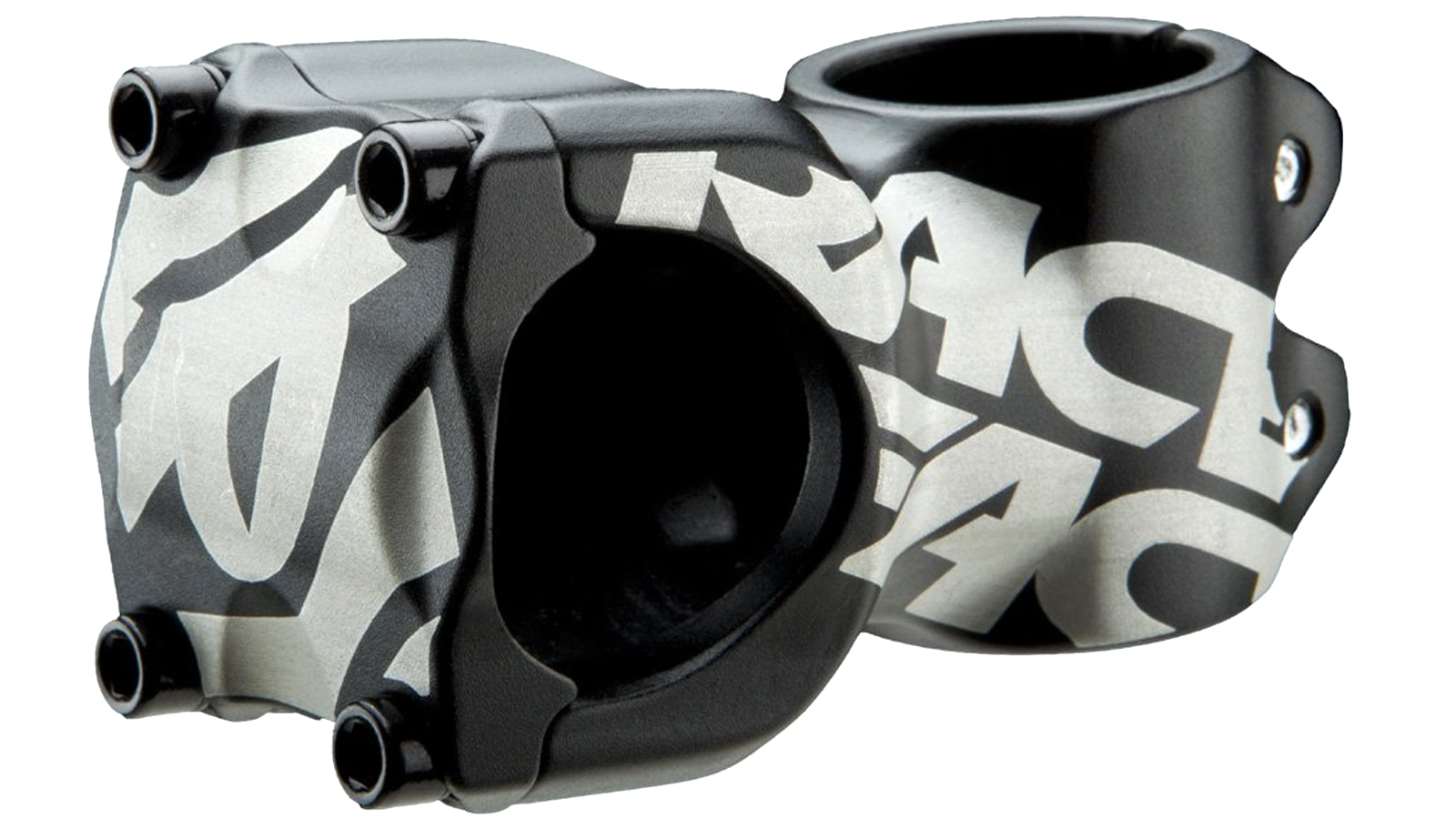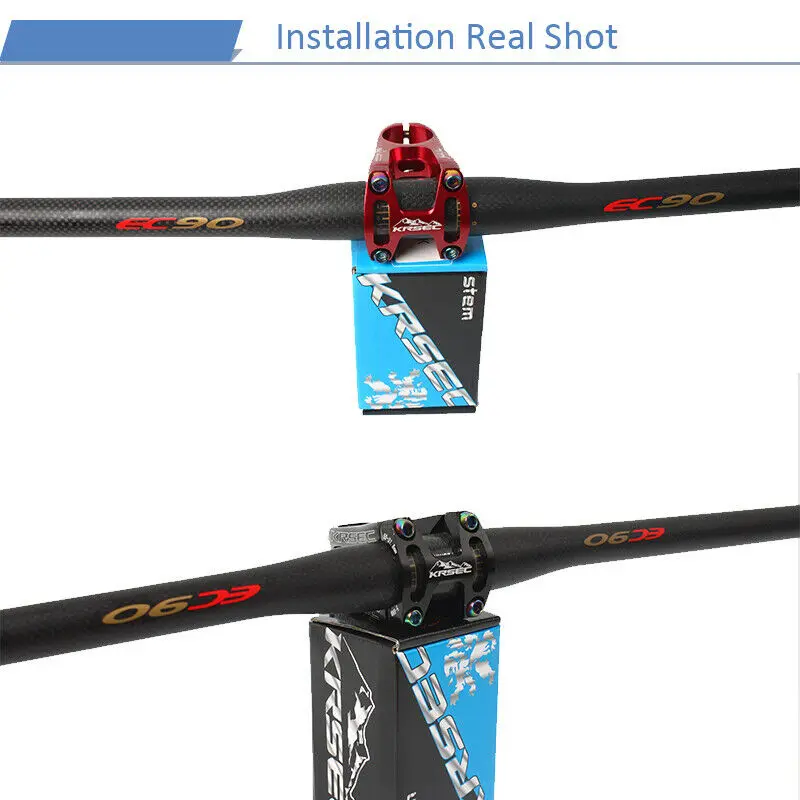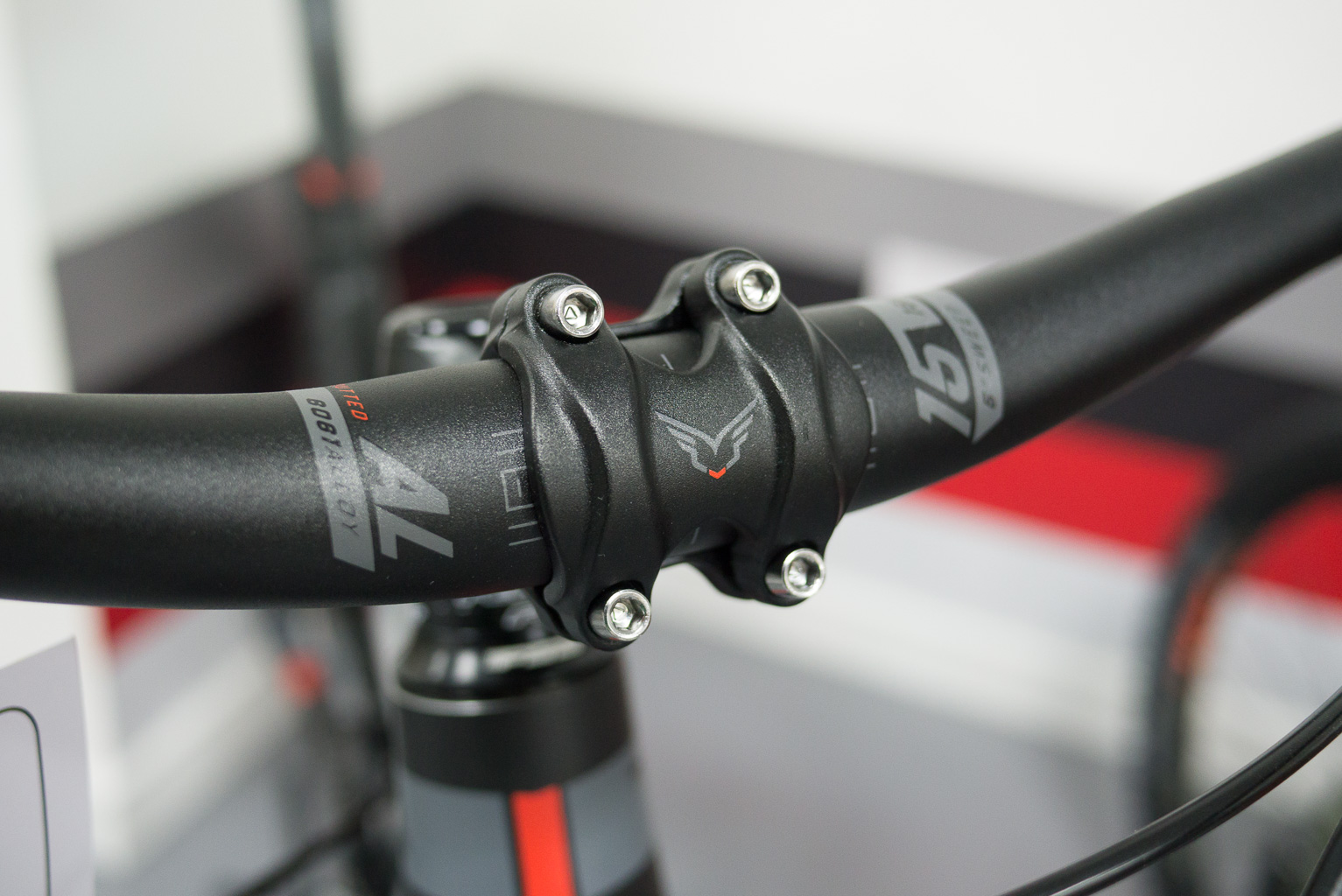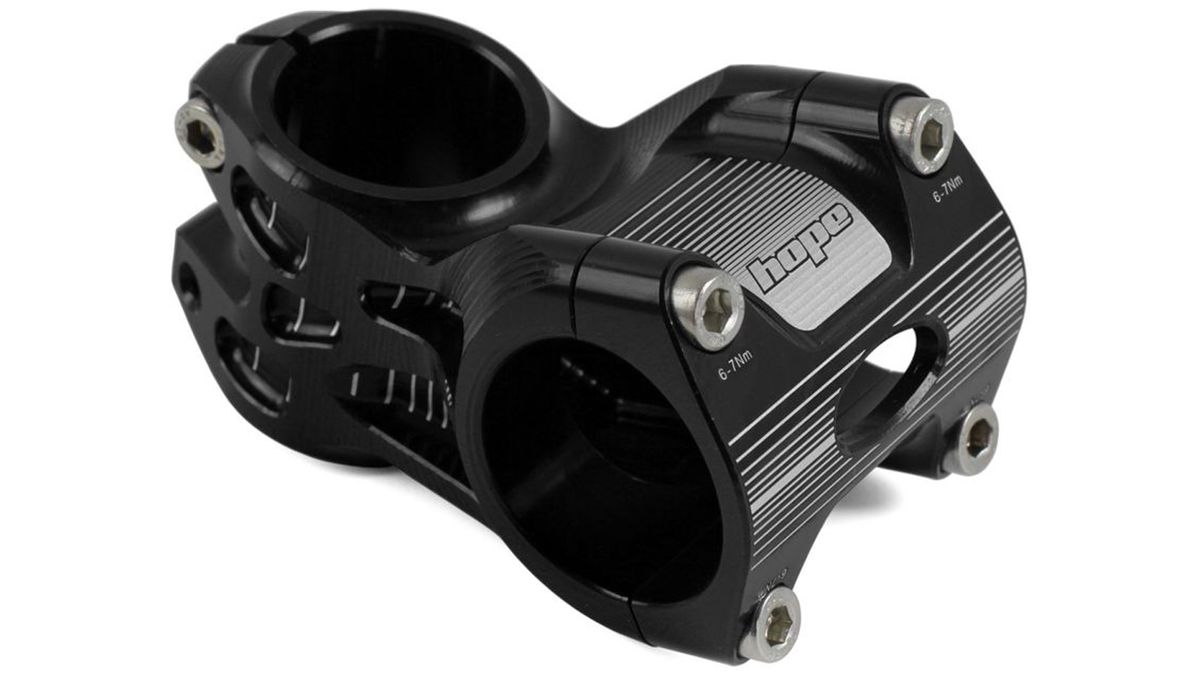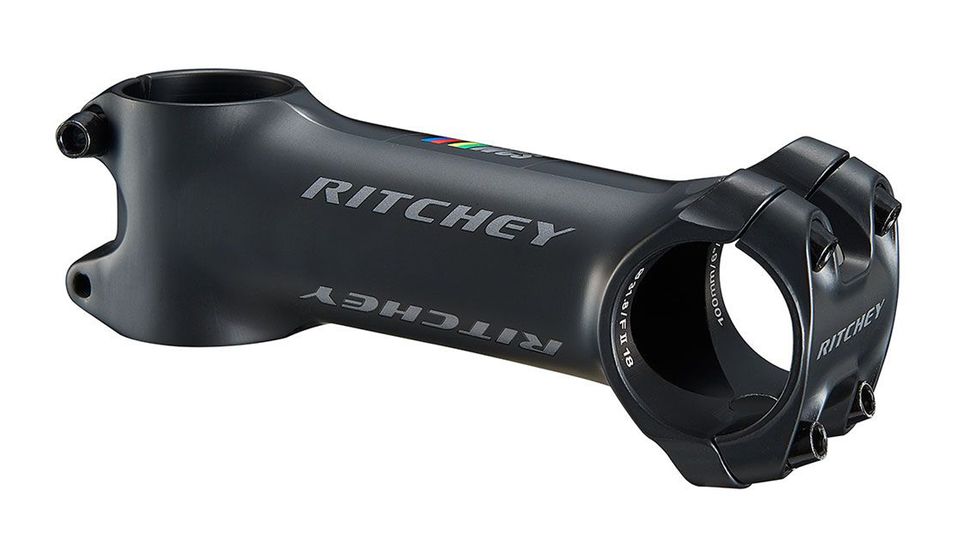Why a Quality Stem Matters for Your Riding Experience
A mountain bike’s stem is a critical component that can significantly impact the overall performance and safety of the bike. A high-quality stem can provide a comfortable, secure, and responsive ride, while a low-quality stem can lead to poor handling, fatigue, and even accidents. When searching for the best mountain bike stems, it’s essential to prioritize quality and performance. A good stem can improve handling by providing a sturdy and responsive connection between the handlebars and the frame. This, in turn, can reduce fatigue and enhance the overall riding experience. By investing in a high-quality stem, riders can enjoy a more comfortable, confident, and exhilarating ride. Whether you’re a seasoned pro or a beginner, a quality stem is an essential component of any mountain bike.
How to Choose the Perfect Stem for Your Mountain Bike
When searching for the best mountain bike stems, there are several key factors to consider to ensure you find the perfect stem for your riding needs. One of the most critical considerations is the material of the stem. Popular stem brands like Thomson, Easton, and Race Face offer high-quality stems made from materials such as carbon, aluminum, and titanium. Each material has its unique strengths and weaknesses, including weight, durability, and cost. For example, carbon stems are known for their lightweight design, while aluminum stems are often more affordable. Titanium stems, on the other hand, offer a perfect balance of weight and durability. In addition to material, riders should also consider the length and rise of the stem, as well as the clamp style. A stem with a comfortable length and rise can improve handling and reduce fatigue, while a secure clamp system ensures a safe and reliable ride. By considering these factors, riders can find the perfect stem for their mountain bike and enjoy a more comfortable, confident, and exhilarating ride.
Top Stem Options for Cross-Country, Trail, and Enduro Riding
When it comes to choosing the best mountain bike stems for specific types of riding, there are several top-rated options to consider. For cross-country riding, stems like the Thomson X4 and the Easton EA70 are popular choices. The Thomson X4 is known for its durability and ability to withstand the rigors of high-intensity racing, while the Easton EA70 is praised for its lightweight design and exceptional stiffness. For trail riding, stems like the Race Face Atlas and the Truvativ AKA are top picks. The Race Face Atlas is designed for riders who demand a high level of precision and control, while the Truvativ AKA is known for its strength and reliability. For enduro riding, stems like the Renthal Apex and the Niner RDO are highly recommended. The Renthal Apex is designed for riders who need a stem that can withstand the demands of aggressive riding, while the Niner RDO is praised for its exceptional durability and stiffness. By considering the unique features and benefits of each stem, riders can find the perfect stem for their specific type of riding and enjoy a more comfortable, confident, and exhilarating ride.
The Benefits of Adjustable Stems for Mountain Biking
When it comes to optimizing the performance of a mountain bike, an adjustable stem can be a game-changer. These stems offer a level of customization that fixed stems simply can’t match, allowing riders to fine-tune the height and angle of their handlebars to suit their individual needs. This level of adjustability can have a significant impact on comfort, fatigue, and overall performance. By allowing riders to find their ideal handlebar position, adjustable stems can reduce fatigue and discomfort, enabling riders to stay in the saddle for longer periods of time. Additionally, adjustable stems can enhance overall performance by providing a more precise and responsive ride. With the ability to make subtle adjustments to handlebar height and angle, riders can fine-tune their bike’s handling and responsiveness, leading to a more confident and exhilarating ride. When searching for the best mountain bike stems, riders should consider the benefits of adjustable stems and how they can improve their overall riding experience.
Stem Materials: Weighing the Pros and Cons of Carbon, Aluminum, and Titanium
When it comes to selecting the best mountain bike stems, one of the most critical factors to consider is the material used in its construction. The three most common materials used in mountain bike stems are carbon, aluminum, and titanium, each with its unique strengths and weaknesses. Carbon stems, such as those offered by Easton, are prized for their exceptional lightweight design and stiffness, making them ideal for cross-country and trail riding. However, they can be more expensive and prone to damage than other materials. Aluminum stems, like those from Thomson, offer a durable and affordable option, but may be heavier than carbon stems. Titanium stems, such as those from Race Face, provide a strong and lightweight option, but can be more expensive than aluminum stems. When choosing the best mountain bike stem for your needs, it’s essential to weigh the pros and cons of each material, considering factors such as weight, durability, and cost. By doing so, riders can find a stem that meets their specific needs and preferences, ultimately enhancing their overall riding experience.
What to Look for in a Stem’s Clamp System
When selecting the best mountain bike stems, it’s essential to consider the clamp system, as it plays a critical role in handlebar security and ease of installation. A stem’s clamp system is responsible for holding the handlebars in place, and a poorly designed or low-quality clamp can lead to handlebar slippage or even failure. There are several types of clamp systems available, including four-bolt and two-bolt designs. Four-bolt clamps, such as those found on Thomson stems, offer exceptional handlebar security and are ideal for high-impact riding styles like enduro and downhill. Two-bolt clamps, like those on Easton stems, provide a more streamlined design and are suitable for cross-country and trail riding. When choosing a stem, riders should consider the type of clamp system that best suits their riding style and preferences. Additionally, it’s crucial to ensure that the clamp system is compatible with the handlebars and is installed correctly to avoid any issues. By selecting a stem with a high-quality clamp system, riders can enjoy a secure and confident ride, knowing that their handlebars are safely in place.
Upgrading Your Stem: A Guide to Installation and Maintenance
Upgrading to one of the best mountain bike stems can significantly enhance your riding experience, but proper installation and maintenance are crucial to ensure optimal performance and safety. When installing a new stem, it’s essential to follow the manufacturer’s instructions and torque specifications to avoid damaging the stem or handlebars. Additionally, riders should ensure that the handlebars are properly aligned and securely clamped to the stem. Regular inspections are also vital to identify any signs of wear or damage, such as loose bolts or scratches on the stem or handlebars. By following these simple steps, riders can enjoy a secure and confident ride, knowing that their stem is properly installed and maintained. Furthermore, regular maintenance can help extend the lifespan of the stem and handlebars, saving riders money and hassle in the long run. With the right stem and proper installation and maintenance, riders can unlock the full potential of their mountain bike and take their riding experience to the next level.
Conclusion: Finding the Best Stem for Your Mountain Bike
In conclusion, selecting the best mountain bike stems is a crucial decision that can significantly impact your riding experience. By considering factors such as material, length, rise, and clamp style, riders can find a stem that meets their specific needs and preferences. Whether you’re a cross-country, trail, or enduro rider, there’s a stem out there that can help you optimize your bike’s performance and enhance your overall riding experience. Remember to also consider the importance of a stem’s clamp system, the benefits of adjustable stems, and the pros and cons of different materials. By doing so, you’ll be well on your way to finding the perfect stem for your mountain bike. With the right stem, you’ll be able to tackle even the toughest trails with confidence and style, and enjoy a more comfortable and enjoyable ride. So, take the time to research and compare the best mountain bike stems, and discover the difference that a high-quality stem can make.




